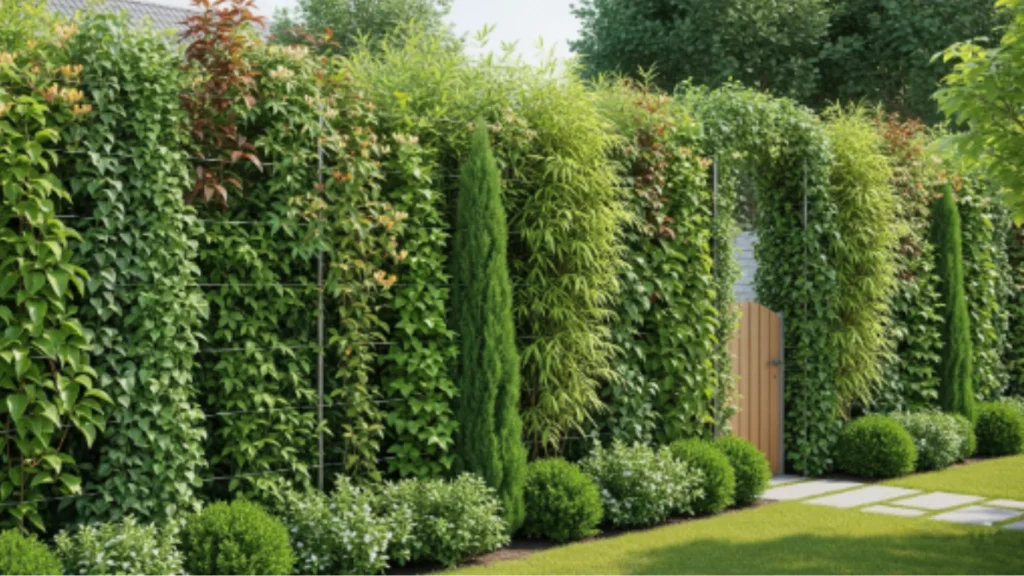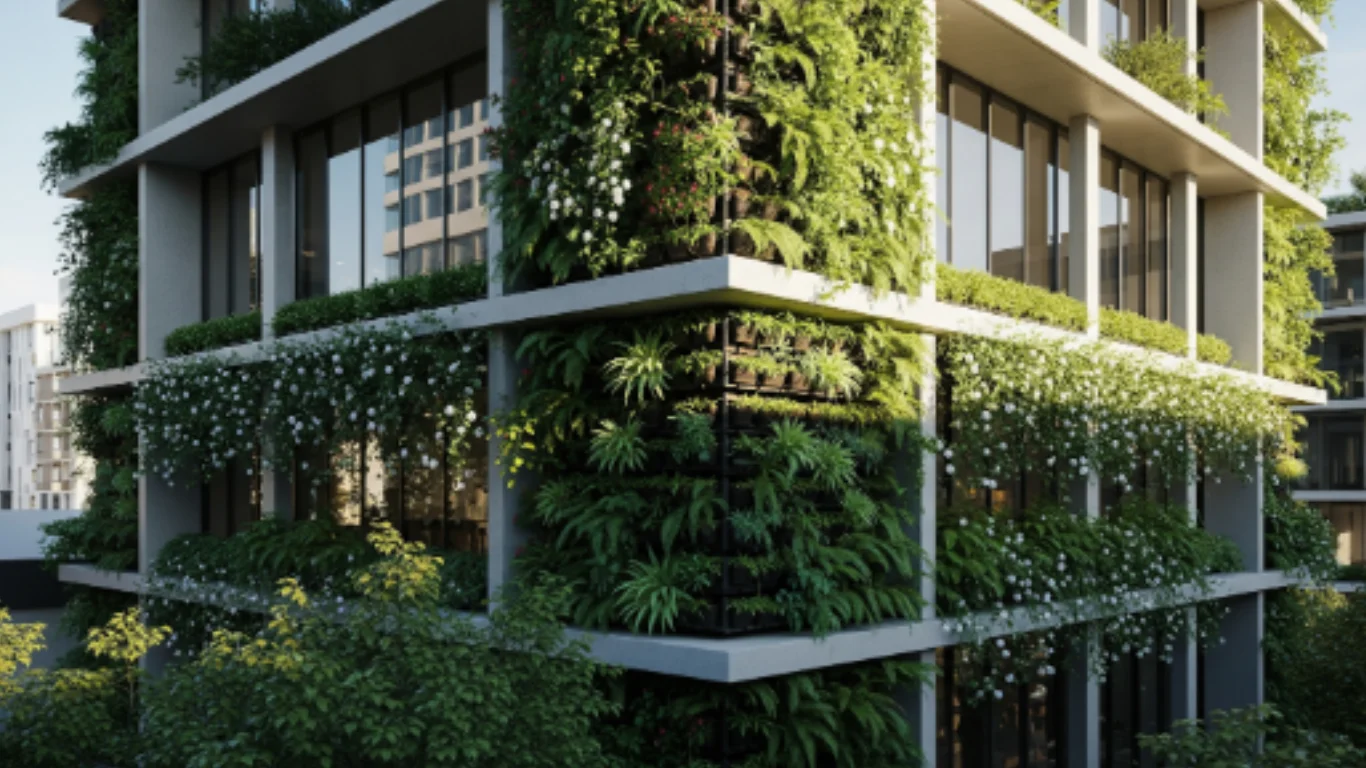The conversation around sustainable design has shifted. It’s no longer a niche, academic topic—it’s a driving force in modern architecture. Concepts like vertical gardens and green walls are taking center stage, transforming sterile concrete and glass into living, breathing ecosystems. But how do you sell a client on a vision of a lush, vibrant green wall when it only exists on a blueprint?
This is where an architectural visualization studio becomes an indispensable partner. Through architecture visualizing vertical gardens, designers can move beyond simple 3D models and create compelling, emotionally resonant visuals that showcase the environmental and aesthetic benefits of these innovative systems. This guide will walk you through how to use visualization to not only design these living features but also to communicate their immense value to clients and the public effectively, a core part of what a good 3d rendering company offers.
Beyond the Blueprint: Why Visualization is Crucial for Green Design
Traditional blueprints and static drawings, while essential, simply fail to capture the dynamic, living nature of green architecture. They can show you where a wall will be, but they can’t show you how a leafy facade will change with the seasons. They can’t demonstrate how dappled sunlight will play across a living fence, or how it will create a feeling of tranquility and connection to nature. This is where advanced visualizing vertical gardens come in. They allow you to showcase how these features mature over time, how they interact with natural light, and how they improve the quality of life within a space. This is a critical component of professional 3d rendering services, proving that visualization is not just an add-on but an essential part of the design process, making the abstract feel tangible.
The Art of a Living Rendering
Creating a photorealistic rendering of a living structure is a special kind of challenge. The last thing you want is a fake, “CGI” look that breaks the illusion. The secret is in the details and the imperfections. Don’t use a single 3D plant model; you need a library of high-quality assets with randomized variations in size, color, and leaf orientation. Adjust the textures to show subtle imperfections like a slightly wilted leaf or a patch of moss. Your lighting should be used to create realistic shadows and highlights that mimic how light would interact with the organic, uneven surfaces of the visualizing vertical gardens. This meticulous attention to detail is what separates a generic visual from professional 3d architectural rendering services.
Capturing Dynamic Environments
Green design isn’t just about what looks good; it’s about what does good. Visualization can capture and communicate the broader environmental benefits of a project. With the right tools, you can simulate how a green wall reduces a building’s heat gain, which can lower a client’s energy bills. You can visualize how it improves air quality and helps manage rainwater runoff. These are abstract, invisible benefits that a static image can’t show. However, through animated renderings, visualizing vertical gardens can use realistic lighting studies to show thermal efficiency over the course of a day. This kind of storytelling through visuals demonstrates how a project is part of a larger, beneficial ecosystem and is a hallmark of a great 3d rendering studio.
Showcasing Specific Systems: From Living Walls to Fences
Each type of green system has its own unique features and benefits, and visualizing vertical gardens is the best way to showcase them. A good 3d visualization services provider knows how to highlight the correct details for each.
- Vertical Gardens: These are more like living art installations. A rendering can show how a variety of planting arrangements can serve as a focal point or even a functional food source, as seen in many modern urban farms.
- Green Walls: These act as living facades. Visualization can show how a dense, modular green wall integrates seamlessly with the building’s architecture, providing insulation and dampening noise from the outside.
- Living Fences: Often used for privacy and security, a rendering of a living fence can showcase its lush aesthetic appeal, its visual and acoustic barriers, and its ability to act as a natural windbreak.

The Role of Real-Time Visualization and VR
The next frontier in green visualization is real-time rendering and virtual reality. Real-time rendering engines are becoming more powerful, allowing designers to create interactive experiences. A client can “walk through” a virtual space and experience the proposed green wall or living fence firsthand. VR takes this a step further, allowing for a fully immersive experience that makes the benefits of a green space tangible. This isn’t just a gimmick; it’s a powerful tool for client presentations and making on-the-fly design adjustments. This kind of immersive technology creates a deeper emotional connection to a proposed design. For a professional 3d architectural visualizing vertical gardens, this is quickly becoming a standard offering.
Conclusion
In the end, visualizing green architecture is about more than just aesthetics; it’s about communicating a vision for a more sustainable and harmonious future. It’s the ability to transform an architectural concept into a living, breathing reality —a skill that is the bread and butter of any reputable 3D rendering firm or 3D rendering agency. By using advanced visualization techniques to highlight the dynamic and environmental benefits of living structures, you move beyond just presenting a design—you tell a story. This is the key to getting these vital projects approved and built. This level of quality and detail is the hallmark of a top 3d architectural visualization company.







